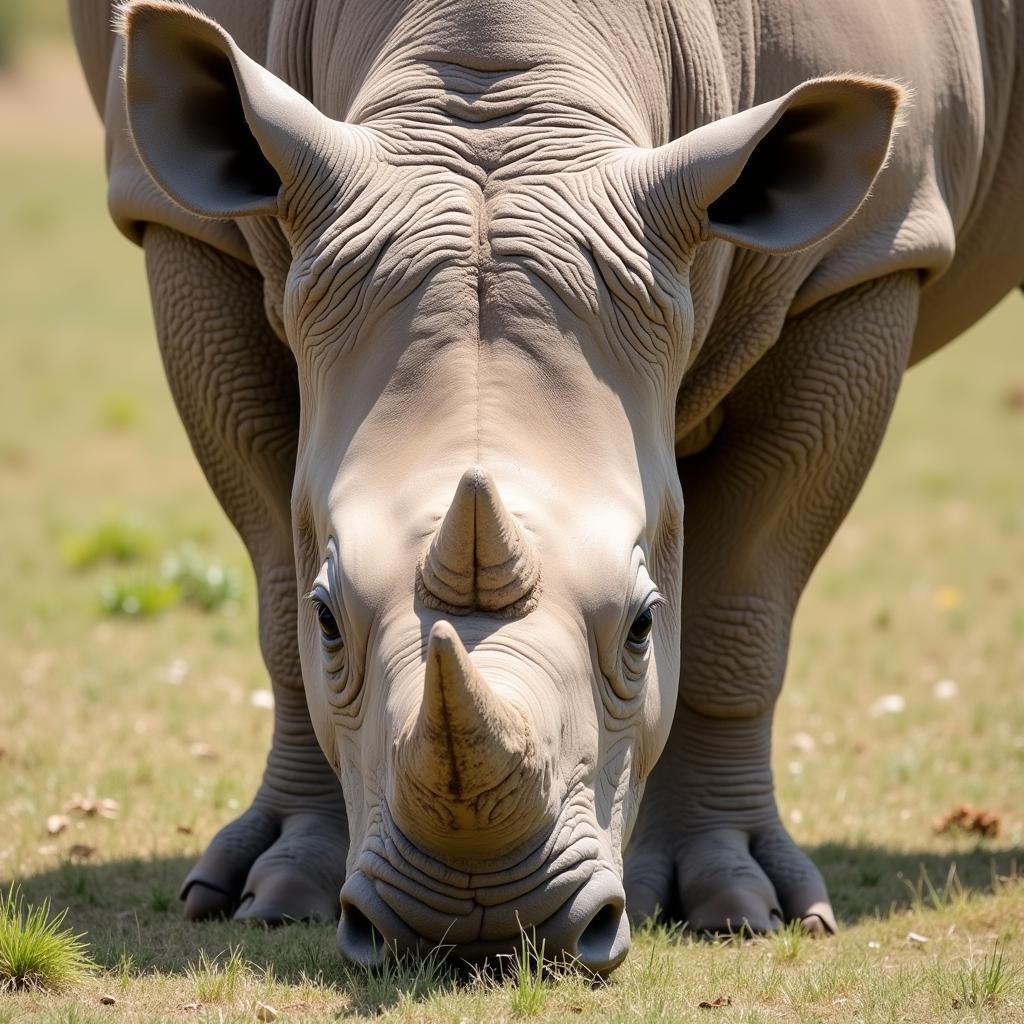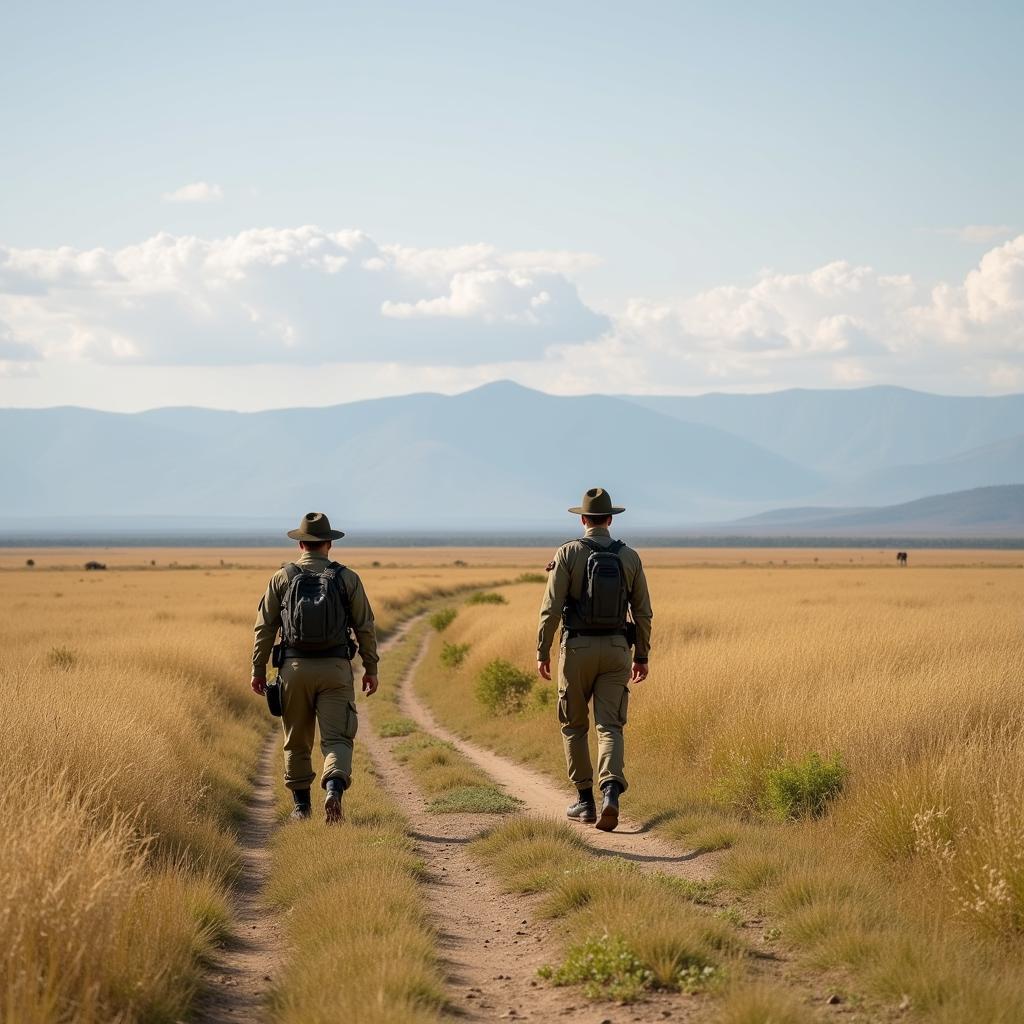African Horned Animals: A Guide to the Continent’s Majestic Beasts
Africa is renowned for its diverse wildlife, and among its most captivating inhabitants are the horned animals. These creatures, with their impressive headgear, have captivated explorers, scientists, and nature enthusiasts for centuries. From the vast savannas to the dense forests, African horned animals play a vital role in the continent’s ecosystems.
Unveiling the Diversity of African Horned Animals
While many people instantly think of iconic species like lions and elephants when picturing Africa, the continent is home to an astounding variety of horned animals. These animals, belonging to different families and possessing unique adaptations, showcase the remarkable biodiversity of this continent.
Bovidae: The Family of Majestic Horns
The Bovidae family reigns supreme in the realm of African horned animals. This diverse group includes:
- African Buffalo: With their massive, fused horns forming a formidable boss across their heads, African Buffalo are a force to be reckoned with.
- Antelope: This diverse group encompasses a wide range of species, from the diminutive dik-dik to the majestic eland, each with its own distinctive horn shape and size.
- Gazelle: Known for their incredible speed and grace, gazelles possess horns that are often ringed and curved, adding to their elegance.
 Herd of African Buffalo on the Savanna
Herd of African Buffalo on the Savanna
Giraffidae: Reaching New Heights
While not technically horns, the ossicones of giraffes are equally fascinating. These bony structures, covered in skin and fur, contribute to the giraffe’s unique appearance.
- Giraffe: As the tallest mammals on Earth, giraffes use their ossicones in sparring contests and for display.
Rhinocerotidae: Ancient Giants with a Prehistoric Air
Rhinoceroses, with their distinctive horns made of keratin, are a reminder of Africa’s prehistoric past.
- Black Rhinoceros: Critically endangered, these solitary animals possess two horns, which they use for defense and foraging.
- White Rhinoceros: Larger than their black counterparts, white rhinoceroses have a square upper lip adapted for grazing and two horns, the front one being significantly larger.
 White Rhinoceros Grazing on the African Plains
White Rhinoceros Grazing on the African Plains
The Role of Horns in African Culture and Tradition
Horns have played a significant role in African culture and traditions for millennia.
- Status and Power: The impressive horns of animals like the African buffalo have long been symbols of power and strength.
- Traditional Medicine: In some cultures, horns are believed to possess medicinal properties and are used in traditional remedies.
- Musical Instruments: Horns have been fashioned into musical instruments, such as trumpets and horns, used in ceremonies and celebrations.
Conservation Efforts: Protecting Africa’s Horned Heritage
Sadly, many African horned animals face threats from habitat loss, poaching, and human-wildlife conflict. Conservation efforts are crucial to ensure the survival of these magnificent creatures for generations to come.
 Park Rangers Patrolling the Savanna
Park Rangers Patrolling the Savanna
Conclusion
African horned animals, with their diverse adaptations and cultural significance, are integral to the continent’s rich tapestry of life. By appreciating their beauty, understanding the threats they face, and supporting conservation efforts, we can help ensure that these magnificent creatures continue to roam the African landscape for generations to come.


